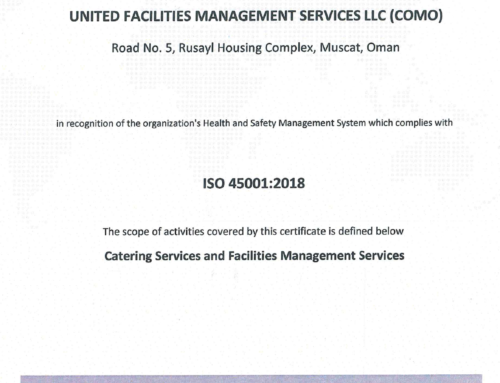Carbon Monoxide is a poisonous gas that has no visible color, taste, or odor. Breathing carbon monoxide causes nausea, dizziness, headaches and fatigue. Carbon Monoxide poisons the body by preventing oxygen from entering the blood stream.
Sources of CO in kitchen includes gas stoves, water heaters, barbecue grills, fire places etc. If the kitchen is poorly ventilated, carbon monoxide levels tend to rise very fast exceeding the acceptable carbon monoxide limits. Another reason for the increased levels of carbon monoxide in kitchens is the blockage of the airflow to the gas burners. You can easily notice this by checking the flame’s color. Red or orange flames are a good indication of poor gas combustion.
It is vital that for gases used in cooking, for example propane to closely monitor or conduct a regular inspections of the gas regulator. Skipping these regular inspections results to high chances of increased levels of carbon monoxide production and the risk of fire explosions in the kitchen. Continued operations in kitchens that have gas range that produce high levels of CO may results to serious respiratory complications or fatalities.
Remember to always use the kitchen range operating instructions at all times. Ensure the air vents are not blocked and keep the unit clean at all times. In addition, the vent holes at the oven’s bottom should not be covered with foil.
Here are few steps we can take to protect from CO poisoning:
- Properly vent and inspect all areas with oil or gas heaters and boilers.
- During cold weather, make sure exterior vents do not freeze up or become blocked by snowdrifts or ice.
- Check heat exchangers for corrosion, cracks, or other damage and repair if needed.
- Install approved, hardwired and battery-powered carbon monoxide detectors.
- Test CO detectors on a monthly basis and document findings in writing. Replace batteries as needed or as specified by the equipment manufacturer.
- Train all employees on carbon monoxide risks.
Invite gas utility companies or vendors to conduct annual checkups of all liquid propane, natural gas, or other fossil fuel-powered equipment and of all fixed-station CO detectors.










